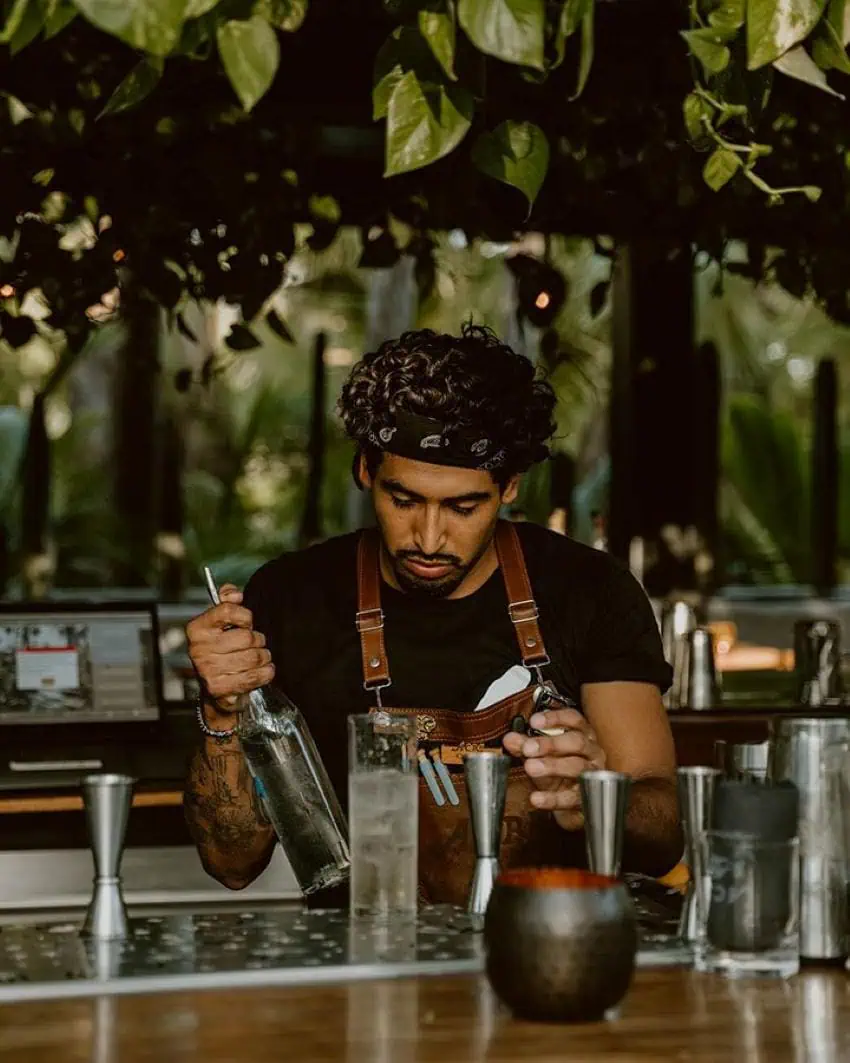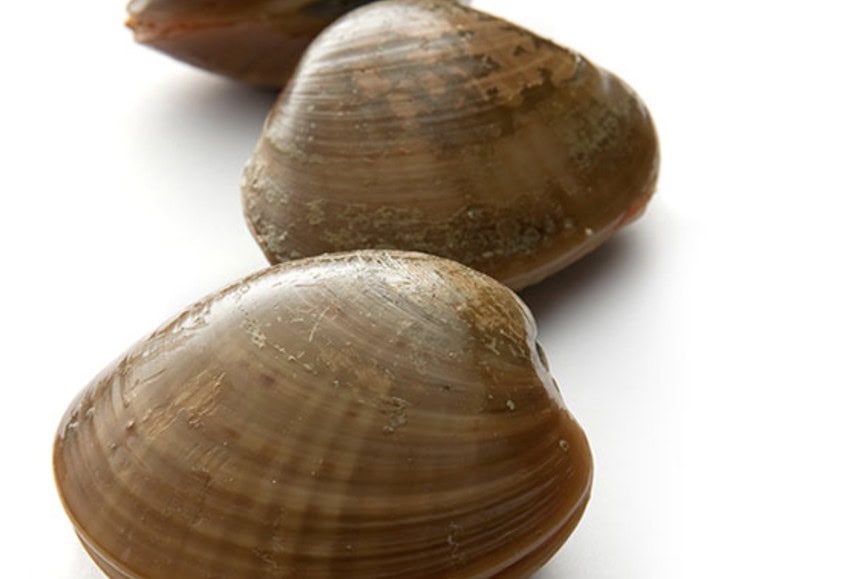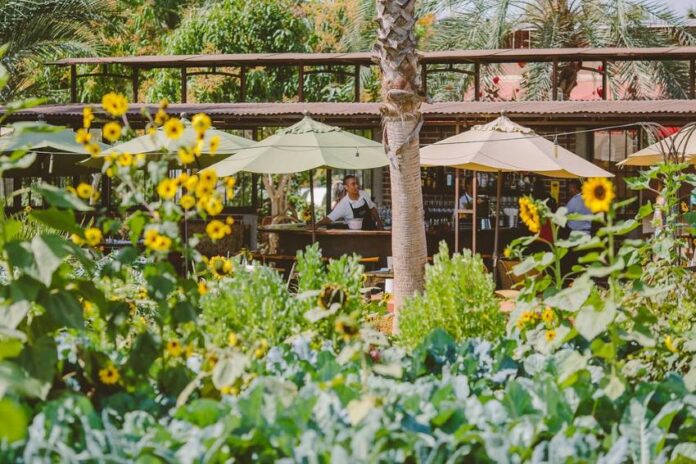Los Cabos has always boasted an abundance of fresh local seafood, but over the past two decades, local produce and meats have also become staples at many area restaurants — certainly in the municipality’s best restaurants.
Although not an agricultural powerhouse, Los Cabos does produce a significant amount of organic produce.

“We are the number one region in Mexico that produces organic vegetables and fruit,” Rodrigo Esponda, Managing Director of the Los Cabos Tourism Board, told Travel Pulse Canada. “Everything is for local consumption; we don’t export.”
Los Cabos’ acclaimed farm-to-table food scene
Nowhere is the ethos of local produce for local consumption more evident than in the municipality’s acclaimed farm-to-table restaurants. Flora Farms was the first, with Gloria and Patrick Greene pioneering the trend when they bought land in Ánimas Bajas, just outside San José del Cabo, in 1992.
Flora’s Field Kitchen opened in 2010. Today, the 135 or so types of fruits, vegetables and herbs grown on the seven-acre farm and neighboring ranch are reserved for use at the restaurant or Flora Farms market, or for employees or owners of the property’s culinary cottages; if they grow too much of anything, it’s donated to the local orphanage or other good causes.
The restaurant dictates what’s grown organically during the farm’s extended 10-month growing season. Crops are rotated often, no pesticides are used and companion planting keeps the soil fertile. For example, corn takes nitrogen out of the soil, so it’s planted with beans, which puts nitrogen back in the ground.
Meanwhile, the adjacent 120-acre ranch raises free-range pigs and sheep with just enough cows to produce dairy for burrata and ice cream. However, they aren’t culled for beef, and due to concerns about carbon dioxide emissions, their numbers are kept to a minimum.

Flora Farms and Acre, another Ánimas Bajas-based restaurant, are the most famous of the now numerous Los Cabos farm-to-table operations. Produce grown on Acre’s 20-acre farm provides the backbone of Acre Restaurant & Cocktail Bar — yes, cocktails too, including the figs in its Fig Collins. Meats and seafood are sourced from sustainable local producers.
The organic farming capital of Los Cabos
San José del Cabo, Miraflores and Santiago represent Los Cabos’ arable farm belt. The production in these areas has a long history. As Alba E. Gámez points out in her historical account in “Los Cabos: Prospective for a Natural and Tourism Paradise,” a century ago, San José del Cabo ranchers were managing 24,000 heads of cattle while farmers produced 90 tons of tomatoes along with 690 tons of the piloncillo — unrefined cane sugar — that was once a staple in San José and Santiago.
Nowadays, Miraflores, a town of about 1,500 residents, is Los Cabos’ undisputed organic farming capital, producing crops that grace many a restaurant table in Cabo San Lucas and San José del Cabo. Grower Carlos Manuel González produces about 70 organic products at his Miraflores property, including tomatoes, beets, carrots, radish, lettuce and basil.
Cabo San Lucas has never been able to grow much of anything, but it has always been known for the quality and quantity of its seafood. For much of the 20th century, its now-closed cannery was a major seafood source in Mexico, at its peak accounting for 75% of the nation’s canned seafood products.
Agricultural, ranching and seafood production in Los Cabos
How much meat, fish and produce does Los Cabos account for annually? More than most tourists would imagine. In 2023, the municipality had just under 5,000 acres devoted to farming, but grew over 24,000 tons of produce. Tomatoes and mangoes, two local specialties, accounted for about two-thirds of the total.
Nearly 4 million liters of milk were produced locally in 2023, along with almost 130 tons of eggs. Cattle, pigs, sheep, goats and chickens form the backbone of Los Cabos’ ranches. Commercial fishing is increasingly rare: Over 90% of permits are issued for sport fishing, and Los Cabos now accounts for less than 1% of commercial fish caught in Baja California Sur.
Still, it does produce nearly 300 tons of fish annually for local restaurants, most of which are scale fish and clams. Almejas, or chocolate clams, are a Baja favorite.
Los Cabos beekeepers also produce nearly 75% of the state’s honey. Flora Farms, for example, maintains 48 beehives.

Where can you find organic produce and locally sourced meat and fish in Los Cabos?
Summertime is fresh-fruit season in Baja California Sur. The harvest of the most locally emblematic of these fruits, mangos and pitahayas, is celebrated with signature seasonal events. The Festival de la Pitahaya, which is always scheduled for mid-July, is an occasion to celebrate local food in Miraflores. The Festival del Mango is held in Todos Santos, part of the neighboring La Paz municipality. Last year, the festival ran from July 31 to August 4. Given how close together these festivals occur, some summer visitors attend both.
Local farm-to-table restaurants are the best bet for those seeking sustainable food with a certifiable provenance. However, Los Cabos is one of five municipalities in Baja California Sur, and all, including La Paz, are sources of superb produce, meat and seafood, meaning many local restaurants boast at least a few fresh offerings.
Granted, if you go to a local pizzeria or Italian restaurant, you may not see a lot of local produce. However, as tomatoes are a regional specialty, they may have fresh sauce and homemade pasta. But any restaurant of note, including those in luxury hotels in Los Cabos, likely gets its fruits and vegetables from Miraflores. Much of the local seafood is also regionally sourced.
But outside of farm-to-table restaurants and others, like The Woods Cabo, that may source some produce and herbs from onsite gardens, you’ll have to check with your waiter to find out what’s fresh and what isn’t.
Chris Sands is the Cabo San Lucas local expert for the USA Today travel website 10 Best, writer of Fodor’s Los Cabos travel guidebook and a contributor to numerous websites and publications, including Tasting Table, Marriott Bonvoy Traveler, Forbes Travel Guide, Porthole Cruise, Cabo Living and Mexico News Daily. His specialty is travel-related content and lifestyle features focused on food, wine and golf.
